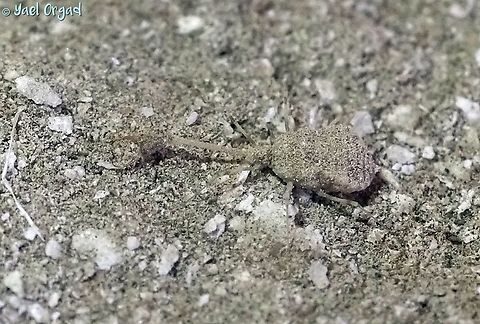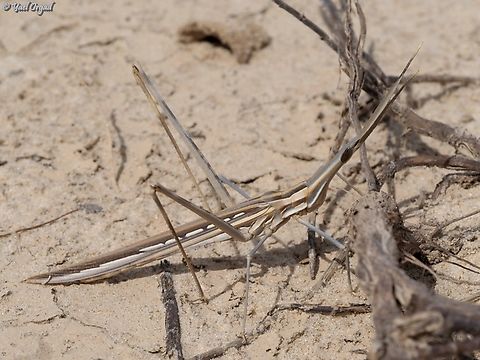Masters of Camouflage
Camouflage is a key strategy of species to hide from predators, but also to be invisible for prey. Typically, camouflaged species blend in with their environment. Yet, there are also species who use camouflage to do the opposite. For example, the Attackus butterfly has a snake head pattern on their wings to make it look like something scary.
Ferdy Christant created this list 14 years ago
-
Dielocroce hebraea -
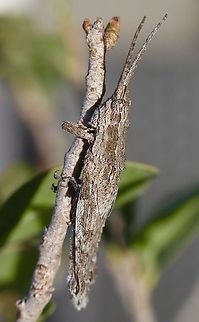
Bark-mimicking Grasshopper - Coryphistes ruricola -

Camouflaged Huntsman Spider, Cat Tien National Park, Vietnam -
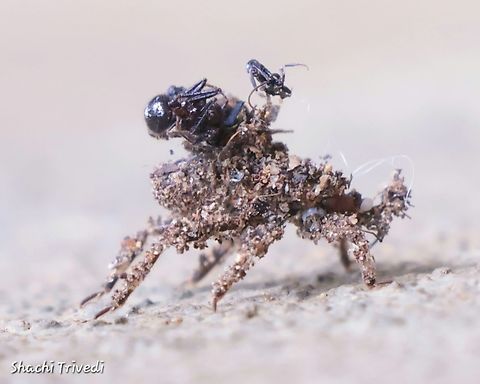
Acanthaspis quinquespinosa -
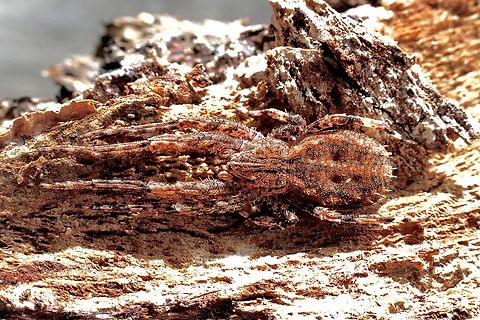
Cambridge’s Crab Spider - Isala cambridgei -
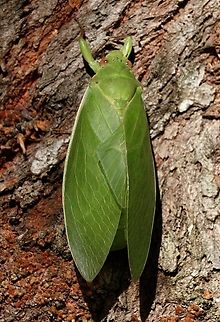
Bladder cicada - Cystosoma saundersii -
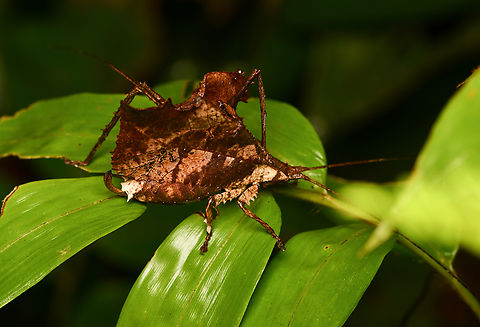
Typophyllum morrisi, Mocagua, Colombia -
Acrida bicolor -
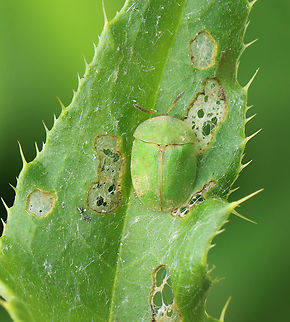
Thistle Tortoise Beetle - Cassida rubiginosa -
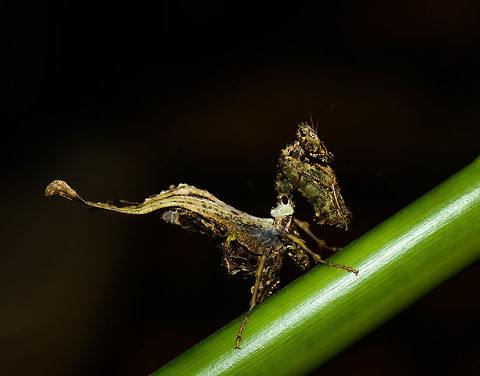
Moss Mantis, Inírida, Colombia -
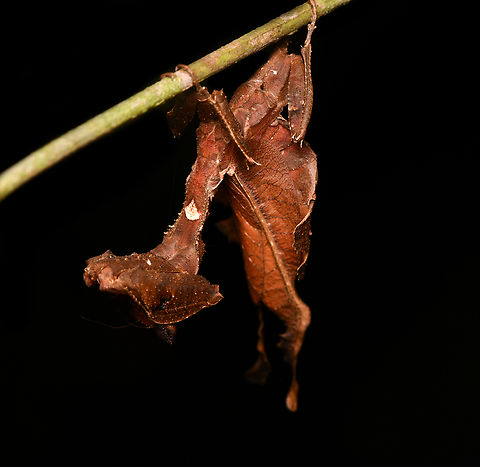
Acanthops erosula, Leticia, Colombia -
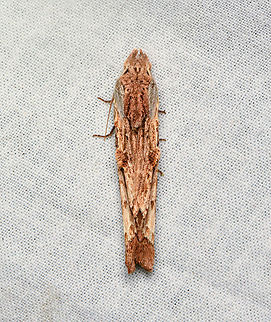
Nycterotis ankistron, La Isla Escondida, Colombia -
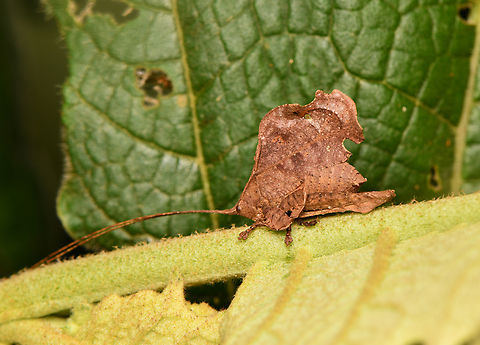
Typophyllum morrisi, La Isla Escondida, Colombia -
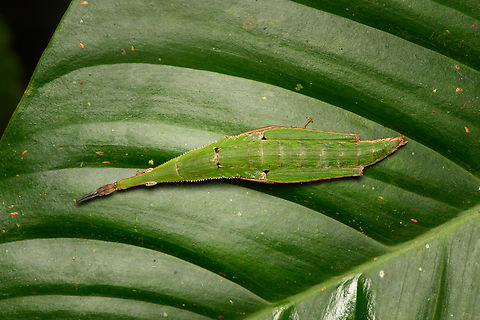
Omura congrua (female), La Isla Escondida, Colombia -
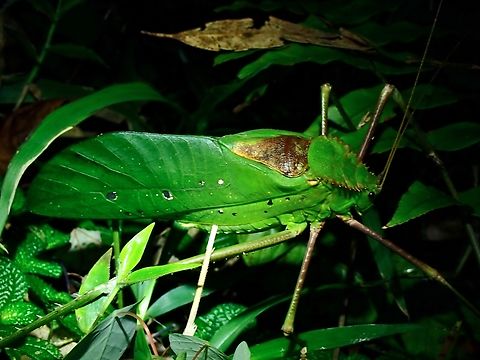
Giant -
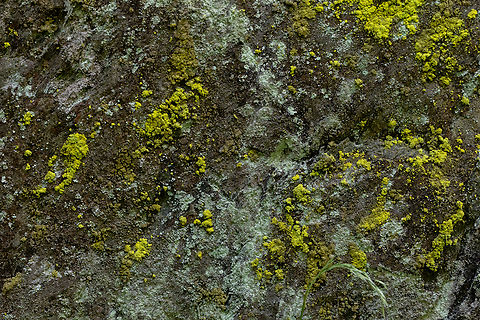
Camouflage at its best (Where's Wally?) -
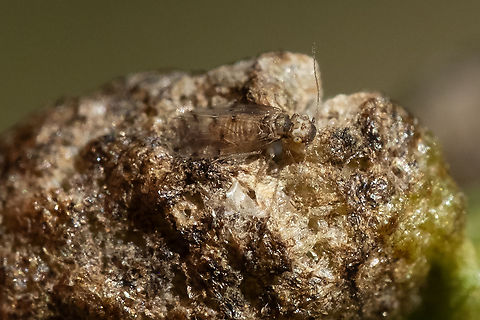
well camoflauged bark louse -
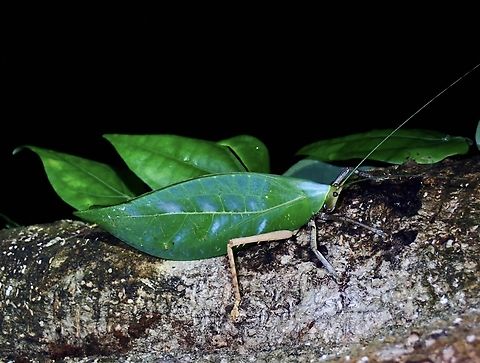
Leaf -
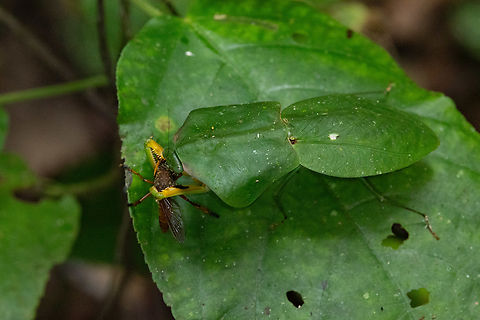
Choeradodis stalii (Mantidae) -
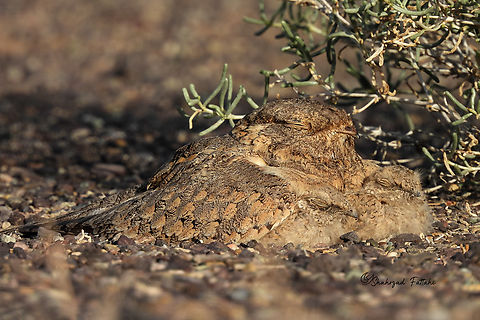
Egyptian nightjar -
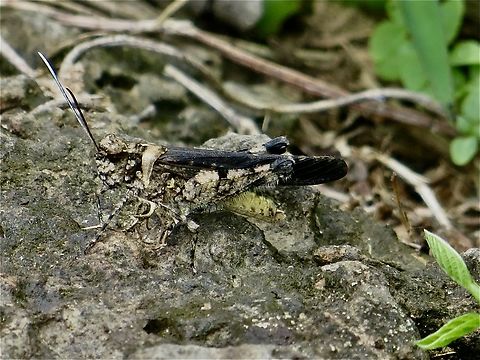
Bandwing Grasshopper - Subfamily Oedipodinae -
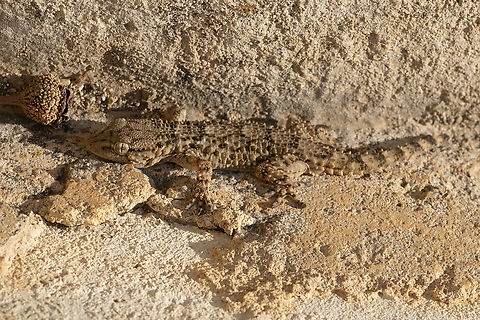
well camouflaged gecko -
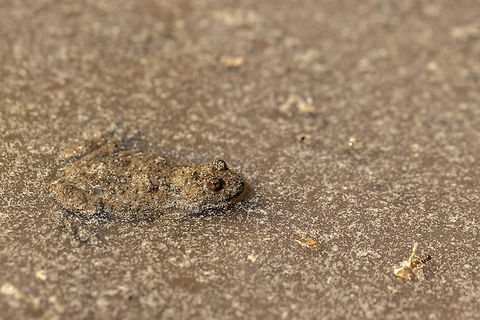
Yellow-bellied toad (Bombina variegata) -
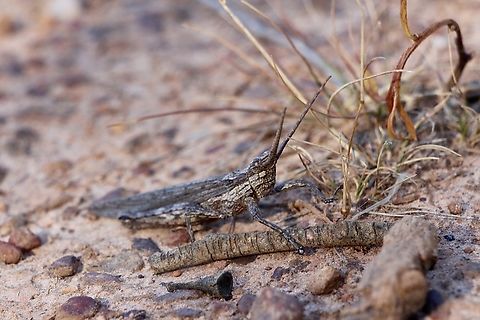
Bark - Mimicking Grasshopper - Coryphistes ruricola
